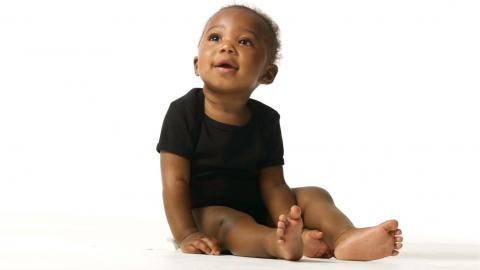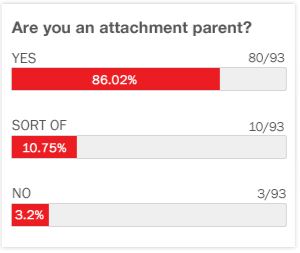De-identification and its effects on middle children
Jeffrey Kluger, Science Journalist & Author, explains the concept of de-identification, how it often effects the middle child in families, and shares advice for parents on how to help it to not have a negative affect on their child
Related Videos
Transcript
Expert Bio
More from Expert
Jeffrey KlugerScience Journalist & Author
Jeffrey Kluger is a senior editor and writer at Time magazine, covering science, health and other fields. He is the coauthor, along with astronaut Jim Lovell, of Apollo 13, the book that served as the basis of the 1995 movie. His more-recent release, Splendid Solution, told the story of Jonas Salk and the Polio Vaccine. His novel, Nacky Patcher and the Curse of the Dry-Land Boats, was published in June 2007, and his newest nonfiction book, Simplexity: Why Simple Things Become Complex, was published in June 2008.
Before coming to Time, Kluger worked for Discover magazine, where he was a senior editor and humor columnist. Prior to that, he was health editor at Family Circle magazine, story editor at The New York Times Business World Magazine, and Associate Editor at Science Digest magazine. His features and columns have appeared in dozens of publications, including The New York Times Magazine, Gentlemen's Quarterly, The Wall Street Journal, Cosmopolitan, Omni, McCall's, New York Magazine, The New York Post, Newsday, and, of course, Time. He has worked as an adjunct instructor in the graduate journalism program at New York University; is a licensed—though non-practicing—attorney; and is a graduate of the University of Maryland and the University of Baltimore School of Law. He lives in New York City with his wife Alejandra and their daughters, Elisa and Paloma.




 GET ACCESS TO ALL PREMIUM CONTENT WITH NO ADS FOR $4.99/MONTH
GET ACCESS TO ALL PREMIUM CONTENT WITH NO ADS FOR $4.99/MONTH




Login or Register to view and post comments